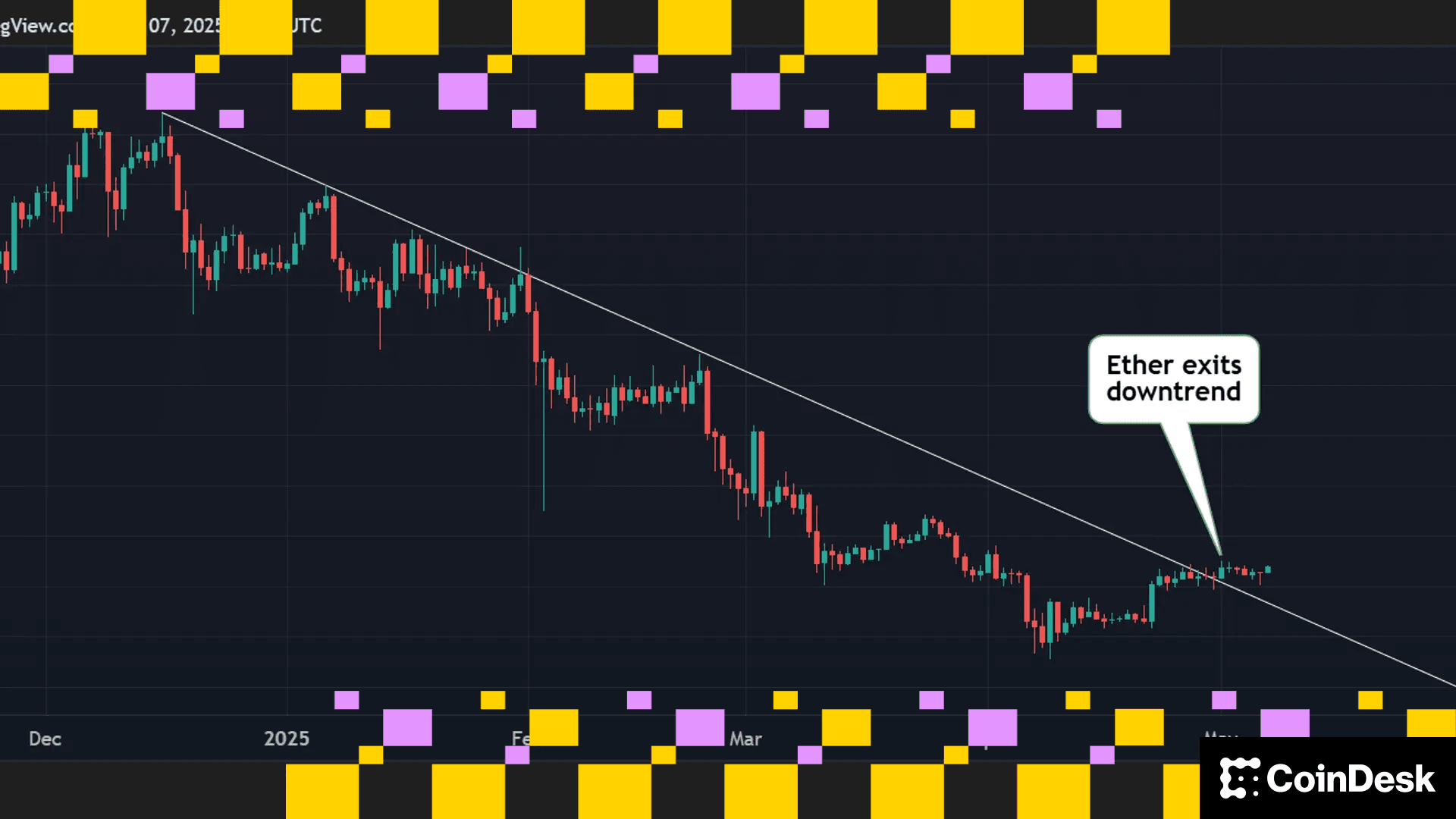Tether Enters Latin America With Mexican Peso-Pegged Stablecoin
The country’s multibillion-dollar remittances business and difficulties in transferring money create a “unique opportunity," the company said.

Tether on Thursday added to its roster of stablecoins, launching its MXNT token pegged to Mexico’s peso.
The token will initially be supported in the Ethereum, Tron and Polyong blockchains, the company said. MXNT is Tether’s first foray into Latin America and joins the company’s other pegged coins — USDT (U.S. dollar), EURT (euro) and CNHT (China’s yuan).
Mexico is “a prime location for the next Latin American crypto hub,” said Tether, noting a report from Triple A stating that 40% of Mexican companies are interested in adopting blockchain and crypto in some way.
“We have seen a rise in cryptocurrency usage in Latin America over the last year that has made it apparent that we need to expand our offerings,” said Tether Chief Technology Officer Paolo Ardoino. The company bills this effort as a “testing ground” in Latin America that it expects will “pave the way” for more fiat-pegged tokens in the region.
GM Mexico! 🇲🇽 pic.twitter.com/nhbKhKIuk8
— Tether (@Tether_to) May 26, 2022
Tether also took note of the “unique opportunity” in Mexico thanks to the multibillion-dollar flow of remittances into that country, and the difficulties involved with internal money transfers.
In 2021 Mexico was the third-largest recipient of remittances worldwide after China and India, with nationals living abroad having sent $51.6 billion to the country, according to the Mexican central bank.
Tether isn’t the first to notice the Mexican remittance phenomenon, which previously caught the attention of large crypto players including Coinbase, Bitso and Circle. Earlier this year, Coinbase (COIN) launched a cash-out service to convert local pesos to crypto at more than 37,000 physical retail outlets and convenience stores across the country.
In November, Latin American crypto exchange Bitso partnered with Circle to launch an international wire transfer product that allows small business and freelancers to change their dollars to stablecoins, send them to Mexico and then be collected in pesos. One month later, in partnership with Tribal, Bitso also launched a cross-border B2B payment option enabling small and midsized enterprises the conversion of Mexican pesos to Stellar USDC.
Meer voor jou
Exchange Review - March 2025

CoinDesk Data's monthly Exchange Review captures the key developments within the cryptocurrency exchange market. The report includes analyses that relate to exchange volumes, crypto derivatives trading, market segmentation by fees, fiat trading, and more.
Wat u moet weten:
Trading activity softened in March as market uncertainty grew amid escalating tariff tensions between the U.S. and global trading partners. Centralized exchanges recorded their lowest combined trading volume since October, declining 6.24% to $6.79tn. This marked the third consecutive monthly decline across both market segments, with spot trading volume falling 14.1% to $1.98tn and derivatives trading slipping 2.56% to $4.81tn.
- Trading Volumes Decline for Third Consecutive Month: Combined spot and derivatives trading volume on centralized exchanges fell by 6.24% to $6.79tn in March 2025, reaching the lowest level since October. Both spot and derivatives markets recorded their third consecutive monthly decline, falling 14.1% and 2.56% to $1.98tn and $4.81tn respectively.
- Institutional Crypto Trading Volume on CME Falls 23.5%: In March, total derivatives trading volume on the CME exchange fell by 23.5% to $175bn, the lowest monthly volume since October 2024. CME's market share among derivatives exchanges dropped from 4.63% to 3.64%, suggesting declining institutional interest amid current macroeconomic conditions.
- Bybit Spot Market Share Slides in March: Spot trading volume on Bybit fell by 52.1% to $81.1bn in March, coinciding with decreased trading activity following the hack of the exchange's cold wallets in February. Bybit's spot market share dropped from 7.35% to 4.10%, its lowest since July 2023.
Meer voor jou











